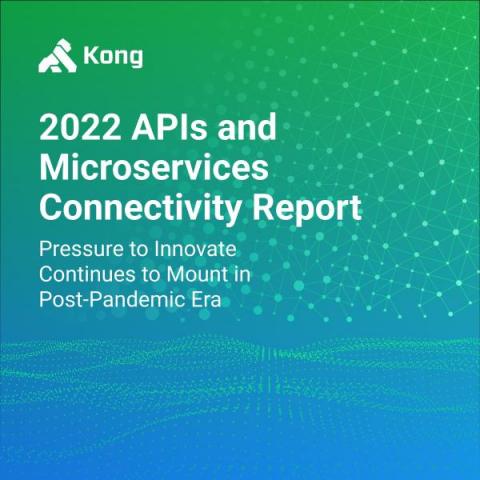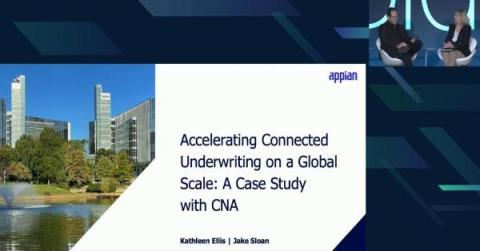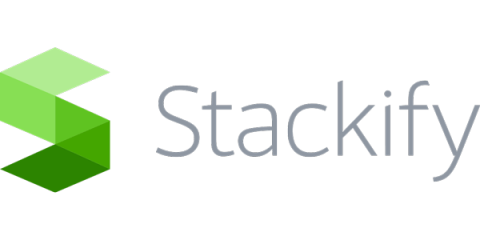Digital Innovation and World-Class CX Start With Developer Empowerment
This is Part 1 of a three-part blog series that will dive into industry insights from technology leaders who are facing the next wave of digital innovation head-on. Today, we meet again at the cusp of the next frontier. This time, it’s Web3, the metaverse and boundless connectivity. Businesses everywhere are bracing for what’s next while preparing for the onslaught of new-wave digital experiences.











